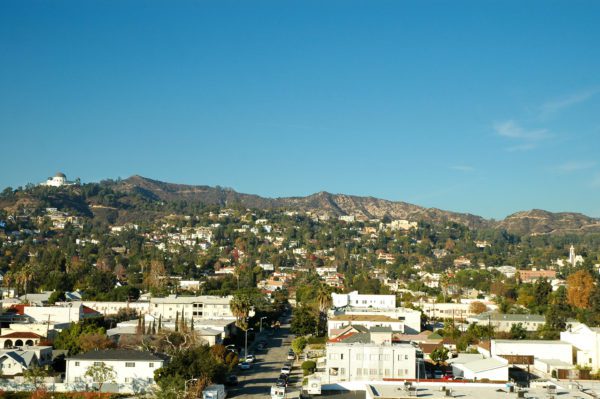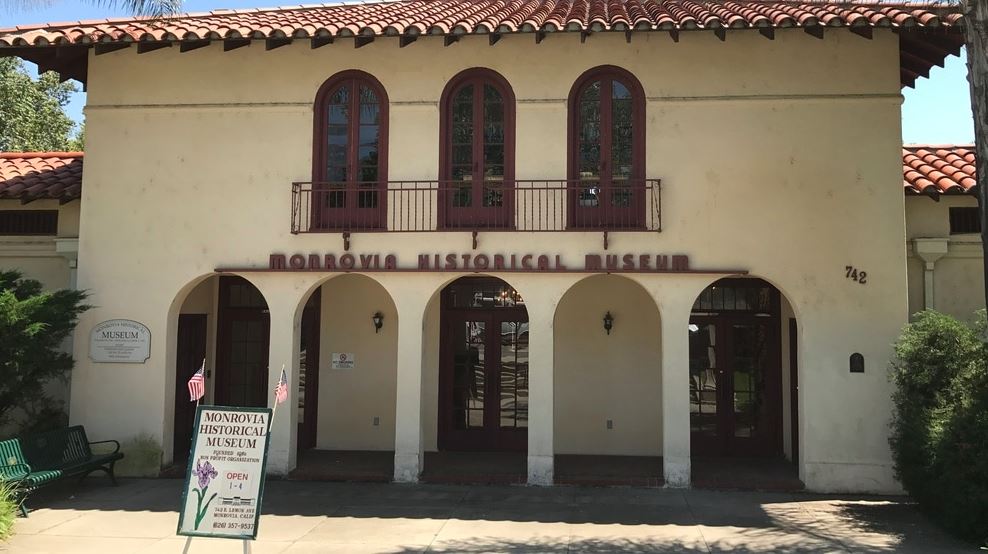By Margaret Shuttleworth
The Los Angeles City Council voted unanimously Wednesday to explore ways to prioritize 100% affordable housing developments in neighborhoods with greater access to parks, public transit, schools, grocery stores and health facilities.
The Los Angeles Department of City Planning and Housing Department recently reported to the council that 14% of the affordable housing units permitted in the last decade were located within high-resource neighborhoods, while 86% were in neighborhoods deemed low-resource and high-poverty.
“This disparity has further entrenched patterns of segregation and effectively excluded low-income households from the neighborhoods with the greatest access to public parks, transit, schools, grocery stores and health facilities,” stated the motion, introduced by Councilwoman Nithya Raman and Councilman Marqueece Harris-Dawson.
The motion also cited a UC Berkeley report that found Los Angeles to be the sixth-most segregated metro area of the 221 studied.
“Redressing residential segregation and redistributing future affordable housing development will require myriad decisive actions from the city, but one immediate action the city can take is to prioritize affordable housing projects in high-opportunity areas,” the motion stated.
As a step toward addressing the disparity, the motion directed the Department of City Planning and the Housing Department to report back within 30 days on options for an Affordable Housing Overlay Zone with a “bundle of development incentives to increase the supply of affordable housing” or an update to the city’s development incentive programs to prioritize 100% affordable housing projects in high-opportunity areas.
“From the years 2009 to 2020 … only 489 affordable housing units were permitted in my district. That’s 3% of the total affordable housing units built citywide,” Raman said before the vote Wednesday. Raman’s district includes high resource neighborhoods, including Sherman Oaks, Hancock Park, Silver Lake and Los Feliz.
“This affordable housing overlay zone would really update the city’s development incentive programs. It would prioritize 100% affordable housing and it would prioritize it in high opportunity areas,” she added.
About 76% of Los Angeles’ highest resource areas are zoned for single-family homes, while only 18% of the “high-segregation and poverty areas” are zoned for single-family homes, according to City Planner Matt Glesne, who gave a presentation to the City Council on Aug. 17.
“Affordable housing is a pressing concern, and it is essential that we have all options on the table to ensure it is available and equitably distributed across the city of Los Angeles,” Harris-Dawson said on Aug. 31. “When we prioritize affordable housing and seek remedies through creative measures, we demonstrate a commitment to diversity, equity and economic justice.”
The Department of City Planning and Housing Department adopted recommendations for the Housing Element Update, which, once approved by the City Council, will serve as a guide for L.A.’s housing policy for the next decade. The plan includes a rezoning program that would increase density in resource-rich neighborhoods that have been limited to single-family-only uses to create the capacity for 255,415 new housing units within three years.







